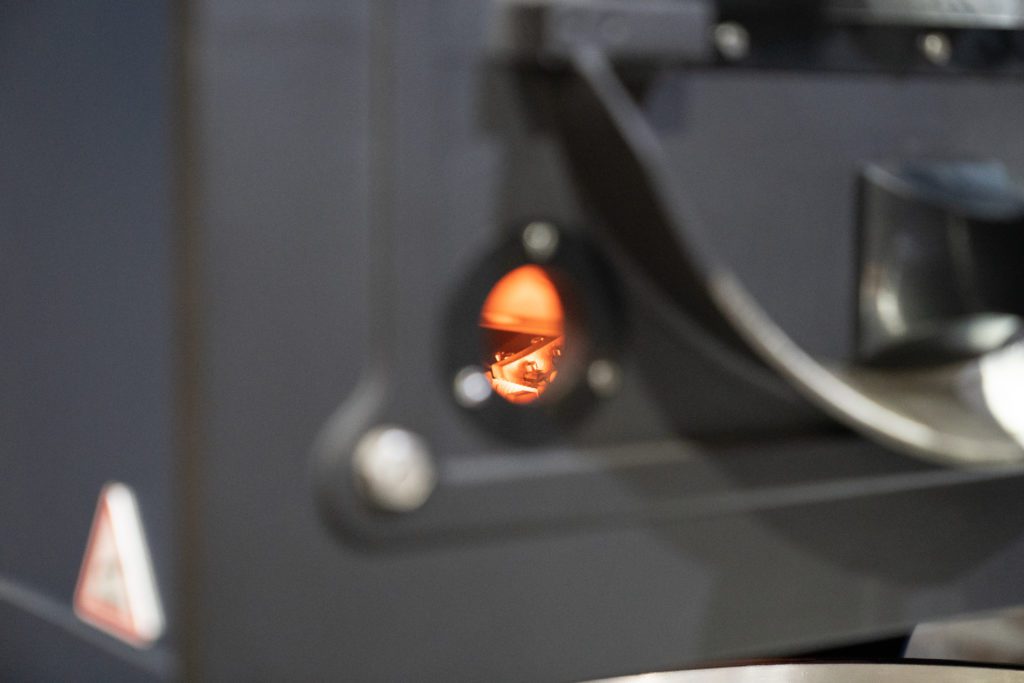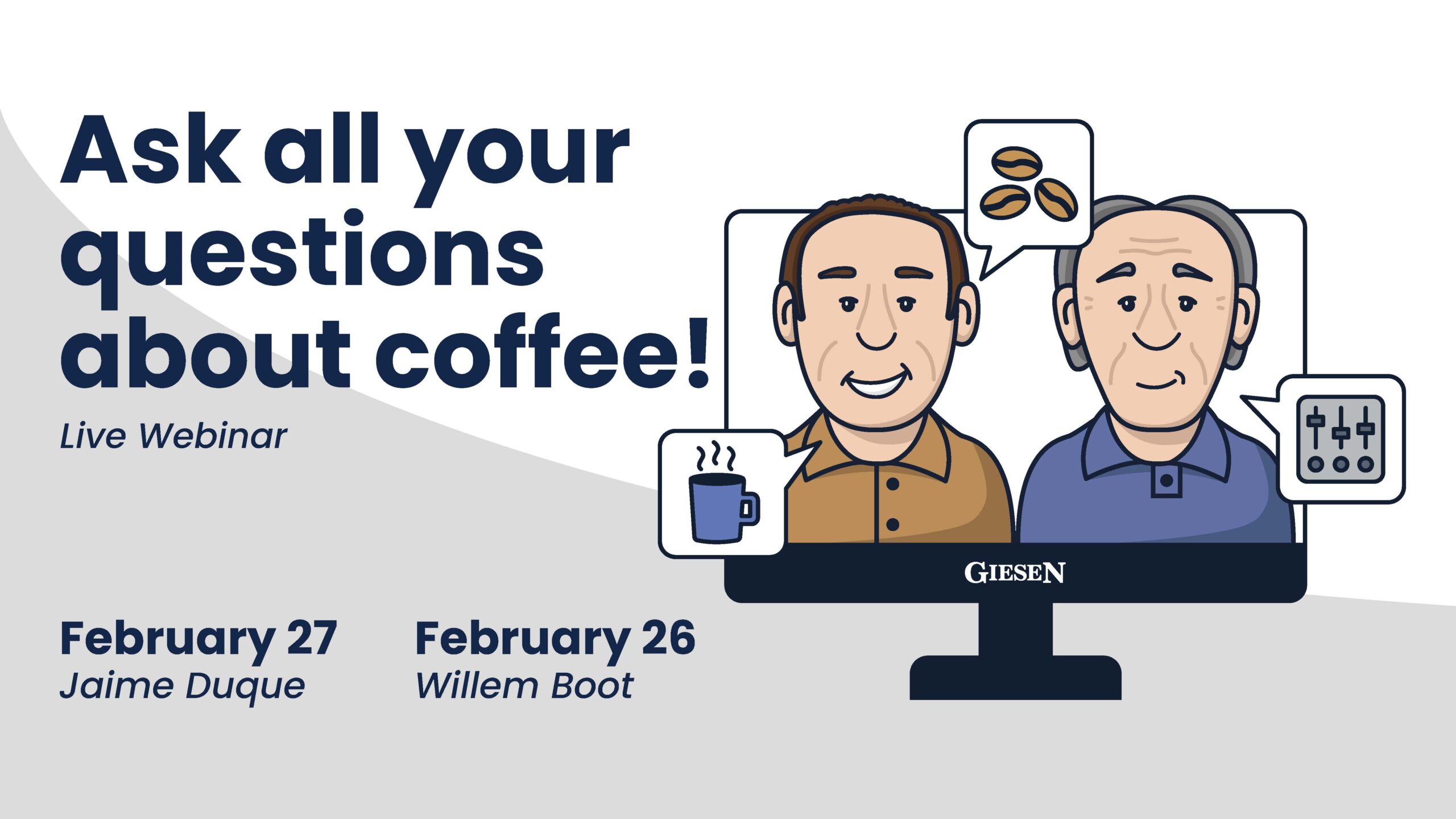When you think about heat transfer, there are different types you face when you’re roasting. Think about conduction, convection and radiant heat. We inform you about all of them below.
Conduction
Conductive heat transfer is the process by which the kinetic energy of the burner is conveyed to another material (coffee beans) through direct contact with the object. In coffee roasting: Hot surface of the drum or by bean to bean heating.
Convection
Convection is the process by which heat energy is transferred by a fluid medium. In coffee roasting the medium is pre-heated hot air which is drawn by the roasting fan over the roaster’s burner and then through the drum and over the beans.
Airflow and burner power are related to the speed of your roast (rate of rise). In many machines, a high flame with high airflow = a faster rate of rise due to the increase in convective heat transfer. High airflow with a low burner setting will result in a slower roast.

Radiant heat
Radiant heat is caused due to the cast iron materials. Moving a roaster around is hard because of their weight. The quality materials that are being used while manufacturing the roaster cause the weight but also a very high consistency during roasting. Just try lifting a front plate of a W15A and you will see it is really hard to do. The cast iron components contribute to radiant heat. Cast iron has the amazing ability to penetrate the bean with its heat.
Ideally as a roaster manufacturer you’d want to be able to give users the option to let the user control these different heat principles. Giesen has been very successful in that way. We can actually let the coffee roaster behave like a fully conductive heat roaster but due to the fan speed, users can roast with convection heat. A lot of different settings and heat transfer techniques can be modulated with Giesen roasters.
You Want to learn more about heat transfer ? Watch our Webinar 2 here.





This Post Has One Comment
Thanks for sharing the professional knowledge and information